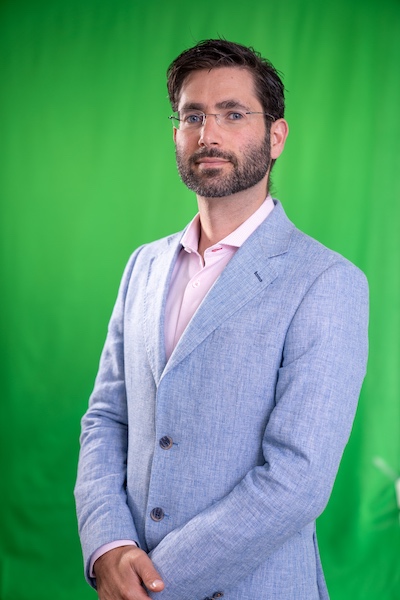SUEZ webinar moves beyond one-size-fits-all smart metering

Australia’s climatic and geographical variance, as well as dispersed population, means that water management and service provision practice vary around the continent, too. And as utilities move to incorporate insights from smart water metering into management practices to make better use of our most precious resource and create customer-focused solutions, there’s no one-size-fits-all approach.
SUEZ Australia’s Smart Water Senior Manager Sean Cohen and SUEZ France’s Director of Operations Mateu Crespi-Alemany will be hosting a free Smart Solutions webinar on 28 September to discuss smart water metering in Europe and Australia, and the innovations that can optimise all aspects of water and wastewater networks.
Cohen said the webinar will explore the history of smart water metering in Europe, but also address examples of smart water metering setups that are gaining traction in Australia.
“We’ll be discussing some of our big projects, projects in Europe that involve millions of devices. But we have a few projects in Australia that we will be talking about, including Goulburn Valley Water, and some other smaller pilots,” he said.
“We will also take a look at how things work on large scale projects. And then, in the Australian context, what smart metering looks like from our experience so far.
“Further, we will talk about the menu of things that a water authority can pay attention to.”
Customised approach
No two water utilities are the same, Cohen said, and the priorities and focuses of each utility are an important starting point when considering how to incorporate smart metering into established management practices.
“We are doing a project with Goulburn Valley Water at the moment. And their focus was very much around metrology. They wanted to accurately measure water through the pipe, as accurately as possible,” he said.
“On the other end, Unitywater wanted to set themselves on a path towards complete data autonomy. They want a system they can own from top to bottom, from the meters to the software, and they want to do all sorts of innovative things with data analysis.
“Every water authority has different priorities. Within those priorities, there are different options to best meet them.”
WIZE words
As part of the Smart Solutions webinar, Cohen and Crespi-Alemany will also be discussing the principles underpinning WIZE enabled smart metering technologies.
“One of the reasons SUEZ likes using WIZE-enabled technology is that it allows us to customise what we design for projects specifically to the goals of the client,” Cohen said.
“Whether the utility wants a really accurate meter, or cost is their key consideration, we can source different manufacturers with different equipment, but all within the same ecosystem. This gives us a lot of flexibility in terms of designing projects.
“Some very clever engineers made some very good decisions in 2005, when the WIZE Alliance was established, and we all now get to benefit from those decisions, a lot like Wi-Fi.
“For example, WIZE uses a very low radio frequency of 169 megahertz. Many other low powered [Internet of Things] systems use around 800 or 900 megahertz, which is relatively high frequency.
“All other things being equal, a lower radio frequency gives you much better propagation through concrete, steel and buildings, and uses less battery. With WIZE, we get exceptional radio performance and battery life, basically for free, as a result of good early decisions.”
Interested in hearing more about smart metering solutions and WIZEenabled technologies? Register for the free SUEZ Smart Solutions webinar here.

